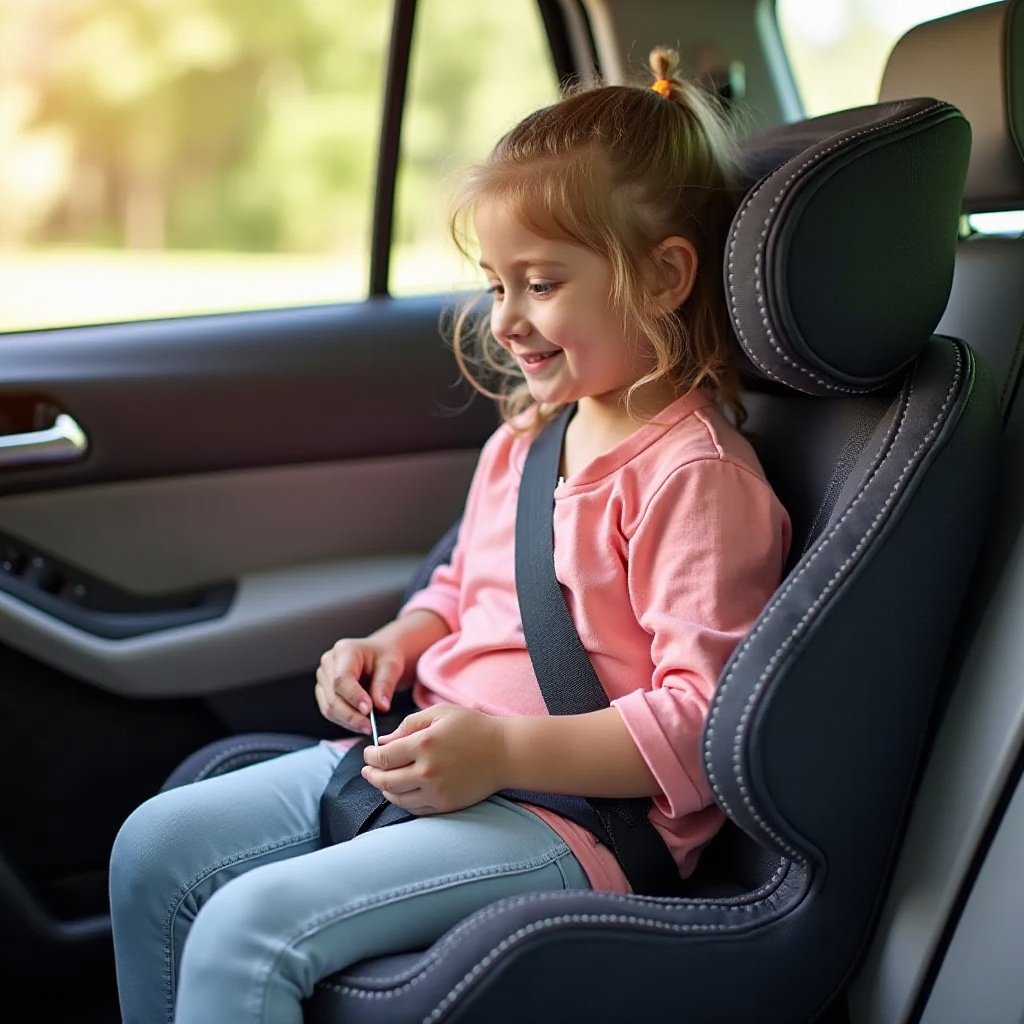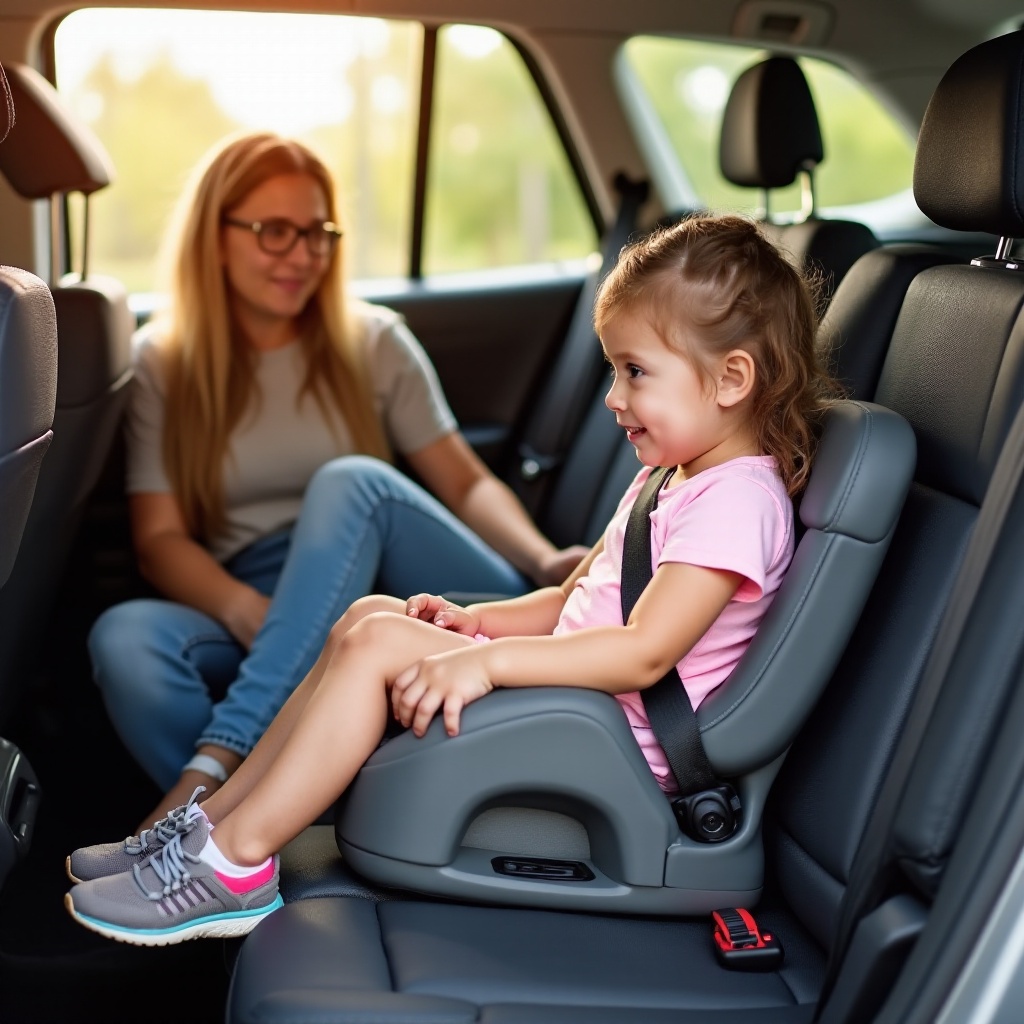Introduction
Ensuring the safety and comfort of your child when traveling by car makes choosing the right booster seat a crucial task. With a multitude of options, determining which booster seats offer outstanding safety, comfort, and user-friendliness is vital.

Understanding Booster Seat Safety Standards
Safety remains the primary focus when selecting a booster seat. Familiarity with essential safety certifications and features is key to protecting your child.
Key Safety Certifications for Booster Seats
- FMVSS 213 Compliance: Look for booster seats that meet the Federal Motor Vehicle Safety Standard 213 in the U.S., ensuring rigorous crash safety compliance.
- Side Impact Protection Certification: Seek certifications for side impact protection, offering extra safety in side collisions.
- Check for Expiry Dates: Always check the manufacturer’s expiration date to ensure the seat’s safety is current.
Essential Safety Features to Look For
- 5-point Harness System: Essential for younger children transitioning from car to booster seats, offering maximum restraint.
- High Back and Belt Positioning Guidance: Aids proper seatbelt placement across the shoulder and hip regions, minimizing injury risk.
- Latch System Compatibility: Ensures the booster is securely affixed to the vehicle, improving stability.
Understanding safety aspects leads to exploring features that promote comfort.
Top Features of Good Booster Seats
Comfort is as important as safety for a pleasant travel experience. The best booster seats include designs that enhance both comfort and ease of use.
Comfort Features: Adjustable Headrests and Cushioning
Adjustable headrests accommodate growth, providing necessary head and neck support as your child becomes taller. Plush cushioning ensures comfortable seating, especially important for longer journeys.
Material and Durability Considerations
Choose booster seats crafted from robust, easy-to-clean materials. Removable, breathable covers contribute to hygiene and boost durability, ensuring the seat lasts for years.
Ease of Installation and Use
- Clear Instructions: A booster seat with straightforward installation guidance makes setup simple.
- Lightweight Design: Facilitates easy transfer between vehicles and convenient storage.
- Adjustable Features: Simplifies configuration adjustments, accommodating your growing child.
With these features in mind, let’s delve into the top recommended booster seats for 2024.

Recommended Booster Seats for 2024
New advancements each year bring forth models that excel in safety and comfort, with several 2024 releases standing out.
Feature Spotlight: Model A
Model A melds advanced safety with superior comfort. Featuring a memory foam seat, side impact protection, and high back belt positioning, it’s lightweight and easy to transfer.
Feature Spotlight: Model B
Notable for its eco-friendly materials and top safety ratings, Model B boasts an advanced latch system for easy installation and a customizable fit, supporting various child ages.
Feature Spotlight: Model C
Delivering ultimate comfort, Model C includes a reclining feature and dual-zone ventilation for cooling. Seat belt positioning adjusts according to your child’s growth.
With understanding of these options, selecting the right booster seat involves assessing your child’s size and vehicle fit.

Tips for Selecting the Right Booster Seat
Choosing the right booster seat means evaluating your child’s dimensions alongside vehicle compatibility.
Matching Seat to Your Child’s Size and Weight
- Check Age and Weight Guidelines: Verify that the booster seat accommodates your child’s current and projected size.
- Opt for Growth Features: Look for models with adjustable backrests and leg rests, ensuring comfort as your child grows.
Evaluating for Vehicle Fit and Compatibility
- Seat Dimensions: Ensure the booster fits well within your vehicle, crucial for smaller cars or aligning multiple seats.
- Latch System Checks: Confirm availability of latch or seatbelt anchorage systems in your car.
Taking these tips into account aids a well-informed purchasing decision.
Conclusion
Choosing a booster seat demands prioritizing safety without sacrificing comfort. By understanding safety standards, identifying key features, and considering top-rated models, you can make an informed choice suited to your child’s needs.
Frequently Asked Questions
How do I know when my child is ready for a booster seat?
Your child is ready for a booster seat when they surpass the height or weight limit of their car seat, which usually happens around age 4 and 40 pounds.
What are the most common booster seat materials?
Most booster seats are made from high-density foam for support and covered in soft, breathable fabrics for comfort.
How often should I replace my child’s booster seat?
Replace booster seats if involved in an accident, showing wear, or past their expiration date, typically 6-10 years from manufacture.
